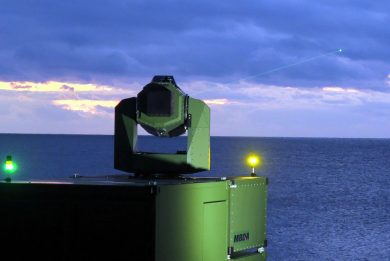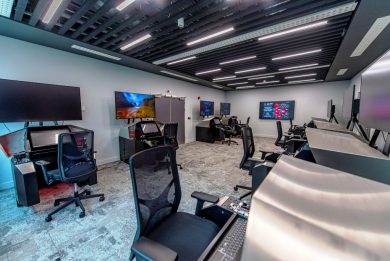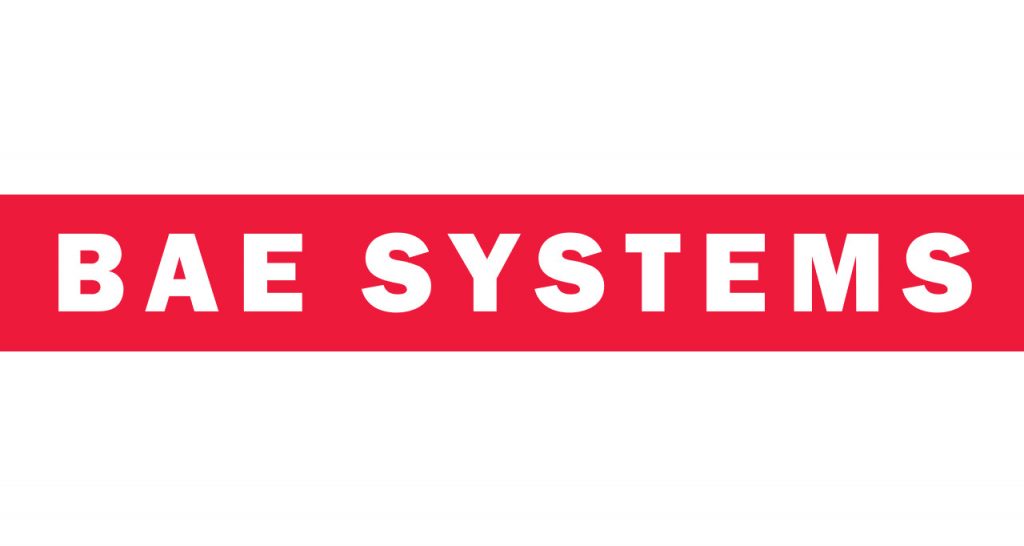
BAE Systems, the Team Tempest integrator
Beside the airframe, BAE Systems is looking into numerous specificities, one being for example the modular weapon bay, which can be fitted to host weapons but can be replaced with a bay containing electronic warfare of reconnaissance equipment, or even by a modular fuel tank to increase the aircraft endurance for ferry flights.
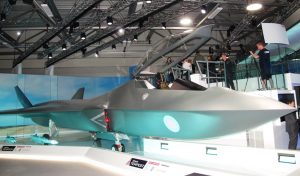
The company is also considering a software-driven cockpit to be all in the pilot’s helmet, in order to reduce obsolescence. The new helmet, which leverages solutions already in service, will have a colour display with 3D capacity as well as audio cues. Compared to today hard wired displays, in 2025 the company foresees a touch-screen large scale system. At Farnborough it was possible to have the feeling of what a full virtual cockpit means: using the buttons available on the two joysticks it was possible to toggle between different views.
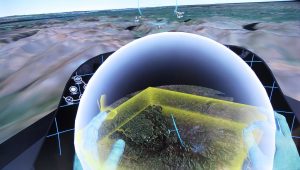
One of them showed a 3-D image of an enemy aircraft in flight at distance, taken by the on-board sensors, and using a finger it was possible to rotate it while two hands allowed enlarging the picture.
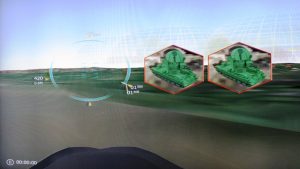
Turning the left hand and looking at the palm activated a menu that allowed choosing the centre view between air targets, ground targets, or the view of the aircraft itself, while turning the right one looking at the palm showed another menu, pinching the light bar on the left allowing to pull another menu page dedicated to mission highlights.
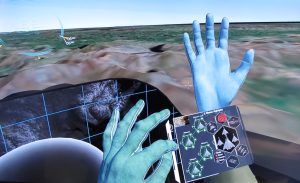
On the left wrist a watch shows the time, however it also has other functions, such as showing the pilot’s vital functions for health diagnostics.
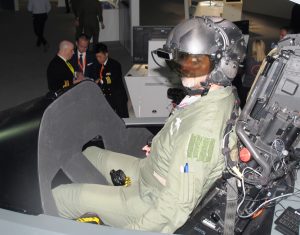
Not surprisingly the mock-up cockpit was void of instruments and displays, the aim being demonstrating the capabilities of the helmet-based system, however as said this was probably not the solution adopted in the early times of the programme.

